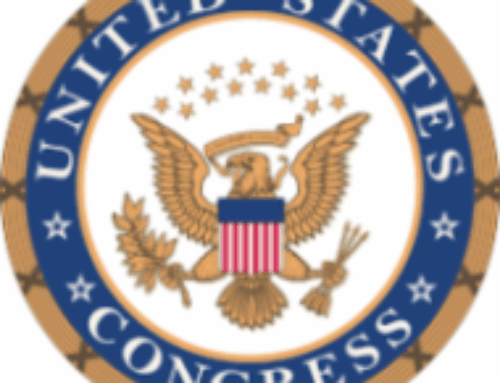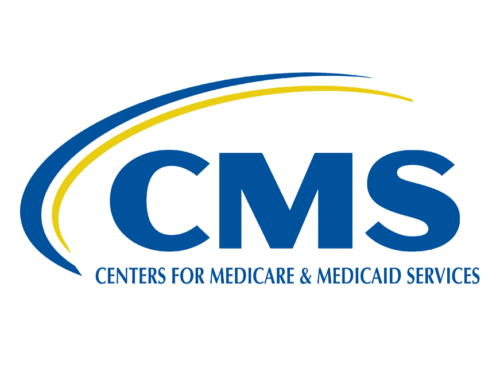CENTER UPDATE | August 2025
In this Issue:
- Expanded Coverage and Patient Navigation for Breast & Cervical Cancer Screening
- Court Nixes Leaving Medical Debt Off Credit Reports
- Medicare could save $3.6B without risk to older adults, study suggests
- Waste of the Day: “Low-Value” Medicare Treatments
- Mercer survey: Employers may make a return to healthcare cost-shifting strategies
- ACA health insurance will cost the average person 75% more next year, research shows
- Humana’s Health Plan Information Integrated Into Epic’s MyChart
- Health Insurers Are Denying More Drug Claims, Data Shows
- One-third of Americans still live in pharmacy, hospital or provider health care desert
- A Brave New World: Medicare’s $2,000 Cap, A Tectonic Shift Pharma Can’t Afford to Miss
- Trends in Physician Exit From Fee-for-Service Medicare
- Reining in Hospital Prices
- Changes in cost-related non-adherence among US adults with multiple chronic condition

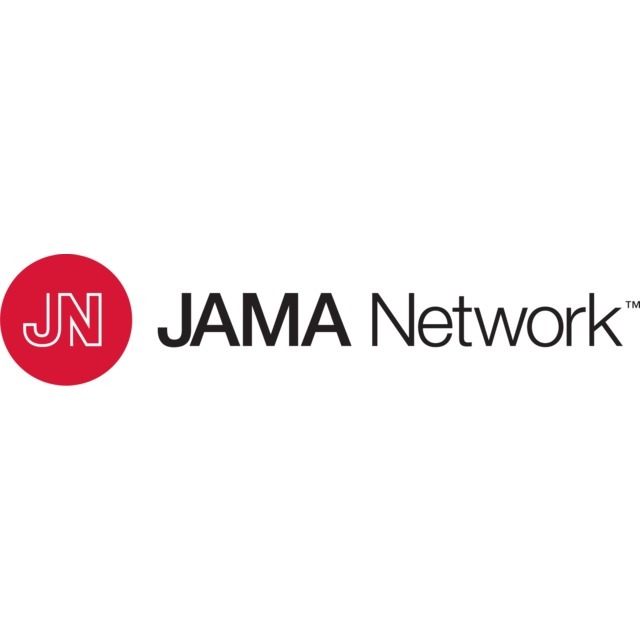
New Recommendations for Expanded Coverage and Patient Navigation for Breast and Cervical Cancer Screening
Starting in 2026, employer-provided group health plans, including HDHPs, must cover additional breast cancer screenings (e.g., another mammogram, an MRI or an ultrasound) and pathology evaluations after an initial ACA preventive care screening mammogram if the results indicate that further imaging is needed or to complete the screening process. Cost sharing will also be eliminated for patient navigation services for breast and cervical cancer screening and follow-up.
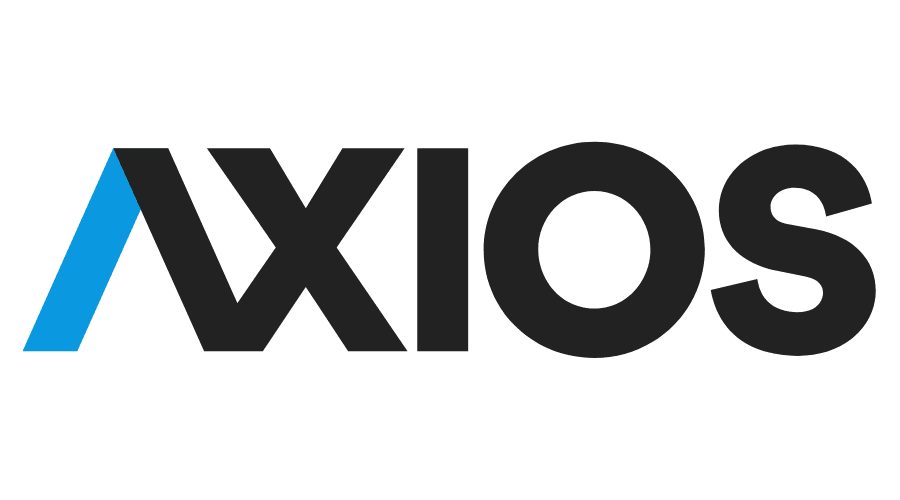
Court Nixes Leaving Medical Debt Off Credit Reports
A federal judge in Texas vacated a Biden-era rule that would have removed medical debt from consumers’ credit reports, agreeing with Trump administration and credit industry arguments that the policy exceeded regulators’ authority. State laws that prohibit credit reporting agencies from including coded medical information on reports are preempted by the federal act, the judge ruled. Read more.

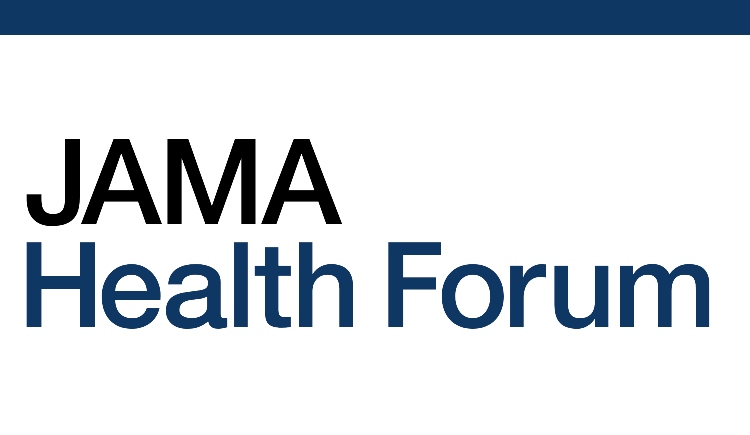
Medicare could save $3.6B without risk to older adults, study suggests
A recent JAMA Health Forum article estimates Medicare could save up to $3.6 billion annually by eliminating a small set of low-value tests and procedures. “Patients who can benefit from these services should absolutely receive them,” said Dr. Mark Fendrick, “but we show that tremendous savings could be achieved by avoiding them in patients who won’t benefit or could be harmed.” He called it a “clinically driven, patient-focused approach” that supports policy efforts to reduce waste and reinvest in high-value care. Read more here.

Waste of the Day: “Low-Value” Medicare Treatments
A recent RealClearInvestigations article highlights that 37% of Medicare patients received “low-value” healthcare services in 2023, totaling $5.9 billion in federal spending. These treatments, defined by the Medicare Payment Advisory Commission (MedPAC) as having little or no clinical benefit, include spinal injections for low back pain, colon cancer screenings for adults over 85, and stenting for stable coronary disease. Despite evidence questioning their efficacy, these services continue to be widely utilized, raising concerns about resource allocation and patient safety.

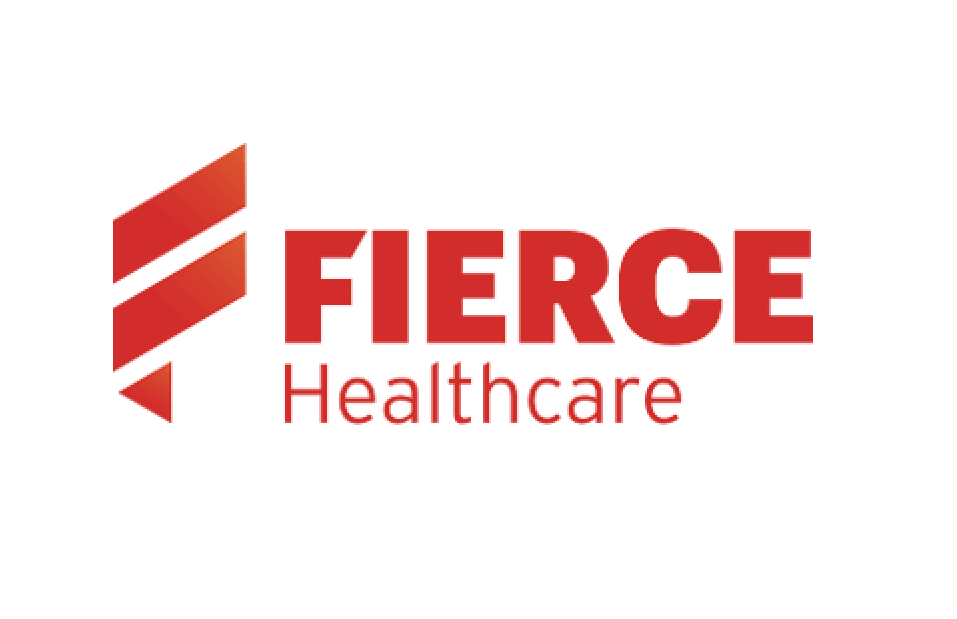
Mercer survey: Employers may make a return to healthcare cost-shifting strategies
A recent Mercer survey finds that many employers are considering a return to healthcare cost-shifting strategies, such as increasing employee premiums, deductibles, and copayments. This shift aims to manage rising healthcare expenses but could increase financial burdens on workers, particularly those with lower incomes or chronic conditions. The survey highlights growing tensions between controlling costs and maintaining affordable coverage. These findings underscore the need for policy solutions that balance cost containment with equitable access to care. Read more.
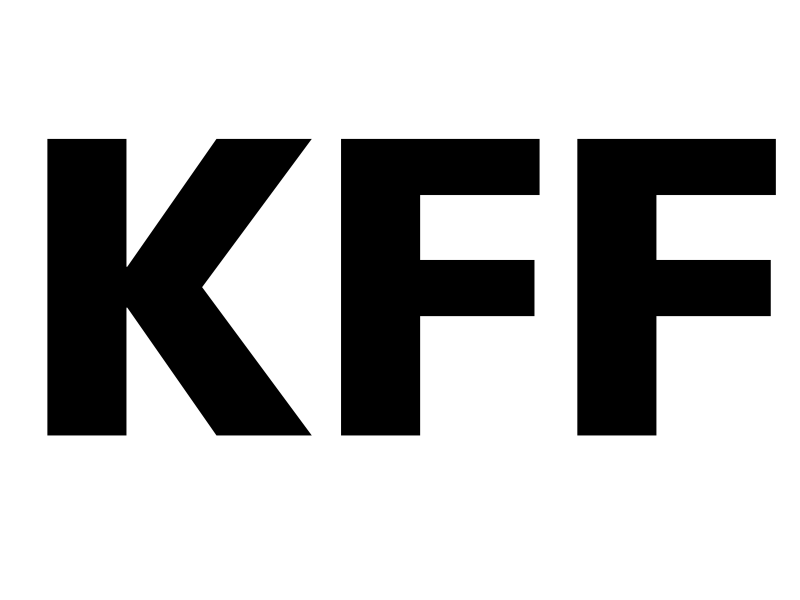
ACA health insurance will cost the average person 75% more next year, research shows
An NPR article reports that ACA individual-market insurers are requesting their largest premium increases in over five years, with a median 15% hike projected for 2026, according to analysis by the Kaiser Family Foundation (KFF). Rising healthcare costs—especially expensive GLP‑1 drugs—and the scheduled expiration of enhanced pandemic-era premium tax credits, which could lead to a 75% increase in net premiums for many enrollees, are driving these hikes. This spike may cause healthier individuals to drop coverage, shrinking the risk pool, leaving sicker enrollees behind, and fueling further premium increases. Policymakers must consider extending subsidies to preserve market stability, protect affordability, and prevent millions from losing coverage.

Humana’s Health Plan Information Integrated Into Epic’s MyChart
Humana has integrated its health plan information into Epic’s MyChart patient portal, giving more than 3 million subscribers access to insurance details alongside their health care information. The integration provides Medicare Advantage plan subscribers with access to coverage information, progress toward meeting deductible and out-of-pocket limits, a digital ID card and links to health plan resources. Read more.

Health Insurers Are Denying More Drug Claims, Data Shows
A recent New York Times article reports that health insurers are increasingly denying prescription drug claims, leading to delays and barriers in patient access to medications. Data shows a notable rise in denial rates over recent years, often due to coverage restrictions or administrative hurdles. These denials can result in higher out-of-pocket costs and interrupted treatment for patients. The trend raises important concerns about insurer practices and underscores the need for policy measures to ensure timely, affordable access to necessary medications.

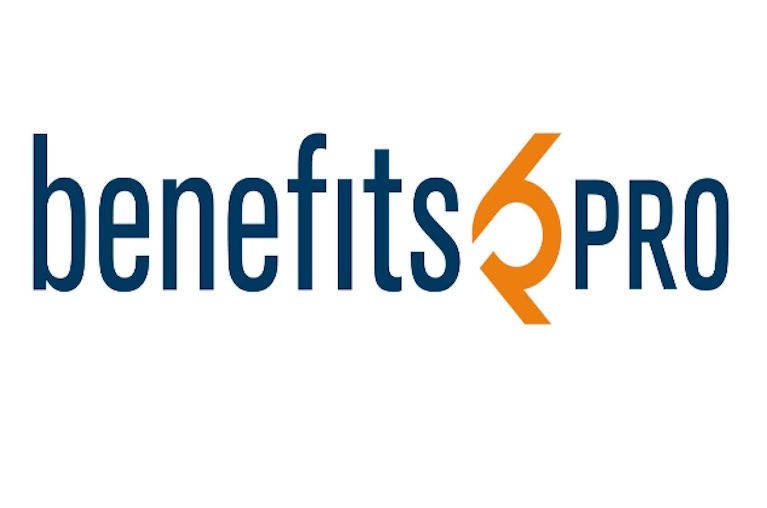
One-third of Americans still live in pharmacy, hospital or provider health care desert
A new study from Good Rx Research found that over 120 million Americans lack proper access to healthcare services, with 81% of counties considered healthcare deserts. The study highlights the increasing number of pharmacy deserts, with over 48 million people now living in areas with limited pharmacy access. Additionally, the report underscores the persistent challenges in accessing hospitals, hospital beds, trauma centers, and primary care, impacting the health of individuals and communities. Read more.


A Brave New World: Medicare’s $2,000 Cap, A Tectonic Shift Pharma Can’t Afford to Miss
A recent article explores Medicare’s new $2,000 out-of-pocket cap on prescription drug costs, marking a significant shift in how patients and pharmaceutical companies share medication expenses. This policy aims to improve affordability for Medicare beneficiaries by limiting their annual drug spending, but it also poses financial challenges for drug manufacturers. The article discusses the potential impacts on pharmaceutical pricing strategies and innovation. This development signals a critical moment for health policy, balancing patient protection with industry sustainability.
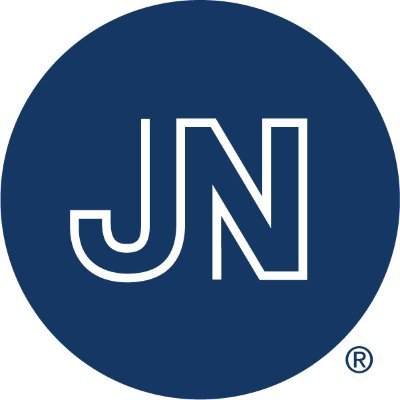
Trends in Physician Exit From Fee-for-Service Medicare
A recent JAMA Health Forum article analyzes Medicare claims data from 2010 to 2024 to assess trends in physician exits from traditional fee-for-service Medicare. The study found that the annual exit rate doubled from 1.8% in 2010 to 3.6% in 2023, with primary care physicians experiencing the highest rates. Factors contributing to this trend include increased administrative burdens, declining reimbursement rates, and the rise of Medicare Advantage plans. These findings highlight concerns about access to care for Medicare beneficiaries and underscore the need for policy reforms to address physician participation in traditional Medicare.

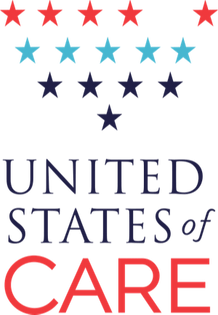
Reining in Hospital Prices
A report from United States of Care and Brown University evaluated the potential savings associated with hospital pricing reforms across three states: Indiana, Massachusetts, and North Carolina. The research found that people could experience significantly lower out-of-pocket costs and lower premiums if any of their policies were pursued, but the magnitude of savings vary from state-to-state and depend on how the policy solution is designed.


Changes in cost-related nonadherence among US adults with multiple chronic conditions from 2019 to 2023
A recent Journal of Managed Care & Specialty Pharmacy article examined trends in cost-related medication non-adherence (CRN) among U.S. adults with multiple chronic conditions from 2019 to 2023. The study found that CRN decreased from 2019 to 2021, likely due to pandemic-related policy interventions, but rose again through 2023—especially among individuals with three or more chronic conditions. These fluctuations suggest that temporary policy measures may have provided short-term relief without addressing long-standing affordability issues. The findings underscore the need for sustainable strategies to reduce cost barriers to medication adherence in high-need populations.
Missed an Issue of Our Newsletter?
You can always find previous editions of our weekly newsletters on our website here.




